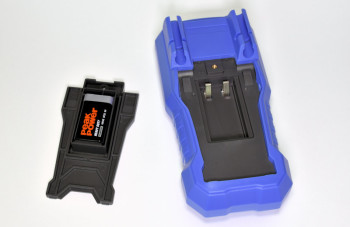Review: Owon OW18E Bluetooth multimeter

and a lighting LED.
Above the display is an LED indicator that starts flashing when contactless measurements of the mains voltage are detected. This indicator also lights up when operating most functions. In addition to the NCV sensor on the front, there is a white LED that serves as a flashlight. The meter is (of course) equipped with an auto-power-off (APO) function that switches the meter off after 30 minutes of non-use.
Subscribe
Tag alert: Subscribe to the tag Test & Measurement and you will receive an e-mail as soon as a new item about it is published on our website! Measurement Results
First a note about safety. According to the manufacturer, the meter meets the measurement category CAT III 1000 V/CAT IV 600 V. That means quite good insulation. In any case, you can safely measure it in and around the house.The basic accuracy of the OW18E Bluetooth Multimeter is specified at 0.1% + 2 digit for the 2-V range and above. When compared to a meter with 10 times the accuracy, the Owon was terribly close, the deviation was less than 2 digits. The results were comparable for DC measurements.
In AC measurements, the deviation was a few millivolts at a measurement value of almost 2 V. This is also fine, the specs indicate 0.5% + 10 digits. A frequency range of 40 to 1000 Hz is specified for AC measurements. In the test measurements, the reading remained fairly accurate up to approximately 1.5 kHz.
The resistance measurement was again much more accurate than the promised 0.3%, above 1 kΩ I came to a deviation of 0.1 ... 0.2%. Also during the capacity measurement, the measured value deviated only a few digits from the reference meter. These are all excellent results for a meter in this price range.
Practice

Read full article
Hide full article


Discussion (5 comments)